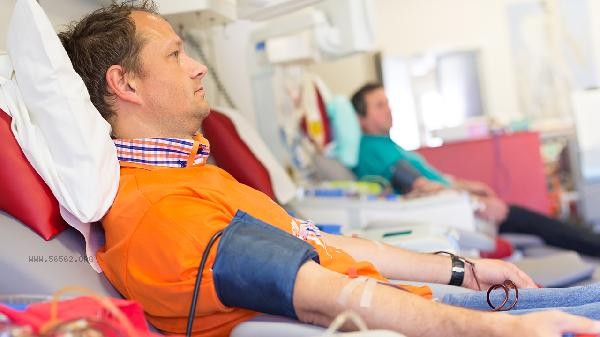The six endocrine tests usually require the extraction of venous blood, which is usually collected from the median elbow vein or forearm vein. The actual location of blood collection may be affected by factors such as vascular conditions, age, and body shape.

1. Routine blood collection point:
The median cubital vein at the elbow socket is the preferred blood collection site, where the blood vessels are thick, straight, shallow, and the pain is relatively mild. Medical staff will use tourniquets to temporarily block venous return, making the blood vessels more visible and easier to puncture. Before blood collection, it is necessary to disinfect the skin with alcohol swabs, and the amount of blood collected is about 5-10 milliliters.
2. Alternative blood collection point:
When the elbow vein is unclear, the noble vein or cephalic vein of the forearm can be selected. Children or those with weak blood vessels may use the dorsal vein, while obese individuals may need to search for suitable blood vessels in the wrist or dorsum of the foot. In special circumstances, pediatric scalp needles may be used to collect peripheral blood, but venous blood testing results are more accurate.
3. Preparation before blood collection:

Fasting for 8-12 hours is required before the examination to avoid high-fat diet affecting the results. Female hormone testing should indicate the menstrual cycle, and some items require collection on the 2nd to 5th day of menstruation. Avoid vigorous exercise and alcohol intake 24 hours before blood collection, and maintain a normal daily routine.
4. Special population treatment:
Infants and young children can use heel blood collection, while elderly people with poor vascular elasticity need to choose thinner needles. Long term infusion patients should avoid the infusion side limb, and those with coagulation dysfunction should extend the compression time. People with blood sickness are advised to take blood from the supine position. People with diabetes should carry candy with them to prevent hypoglycemia.
5. Response to abnormal situations:
When the vascular conditions are poor, try applying hot compress or tapping the local area to dilate the blood vessels. After blood collection, bruising can be treated with cold compress, and continuous bleeding requires pressure bandaging. Very few may experience fainting or infection, and medical staff should be notified immediately for treatment. After completing the six endocrine tests, it is recommended to drink moderate amounts of water to promote circulation recovery and avoid lifting heavy objects on the arm on the blood collection side within 24 hours. The examination results may be affected by the circadian rhythm, and items such as adrenocorticotropic hormone need to be collected between 8-10 am. Long term use of hormone drugs requires prior notification that contraceptive pills may interfere with hormone test results. Pregnant women are recommended to undergo comprehensive evaluation of ovarian function through ultrasound examination. Menopausal women can have their hormone levels rechecked every six months.









Comments (0)
Leave a Comment
No comments yet
Be the first to share your thoughts!